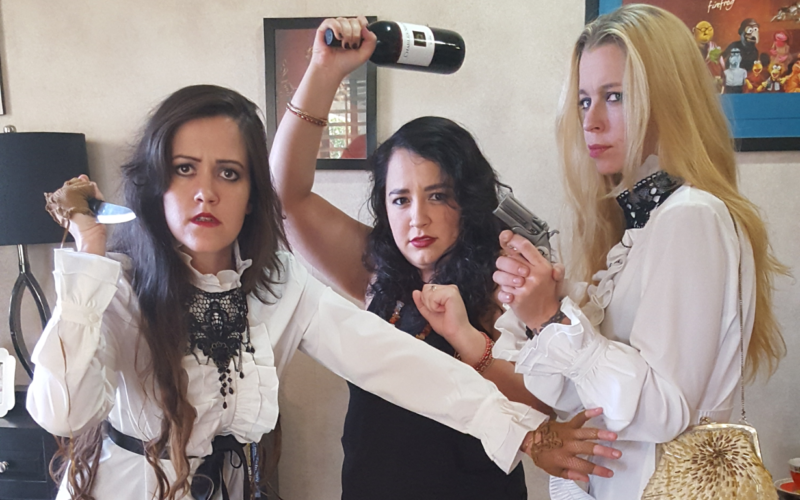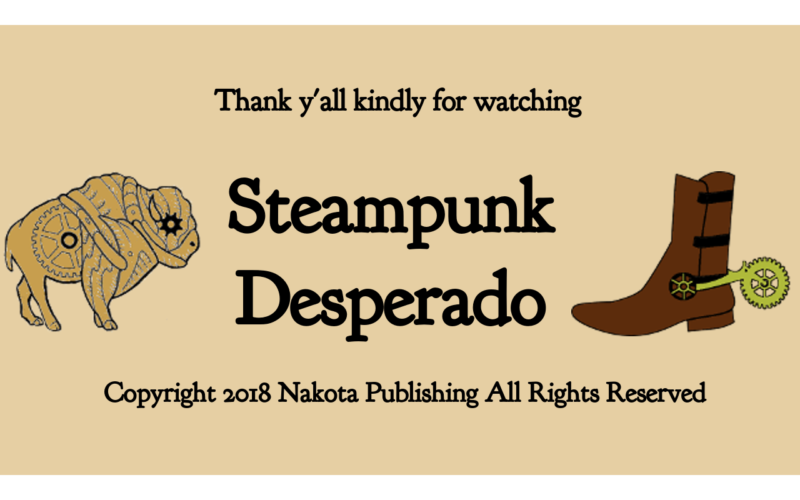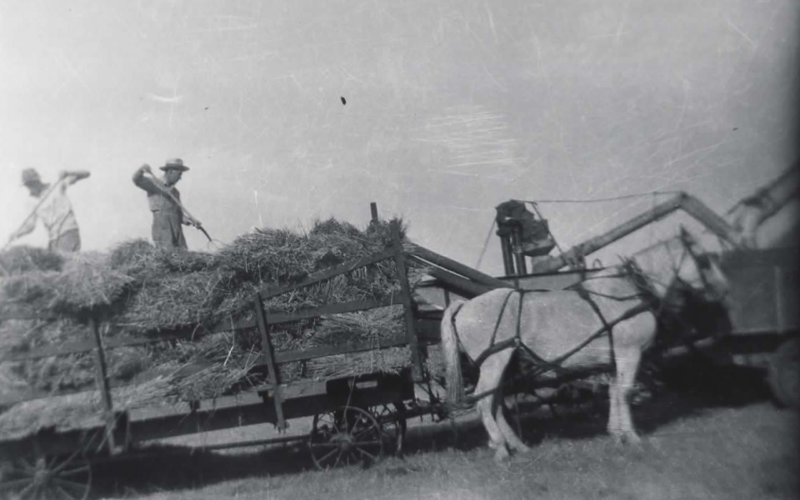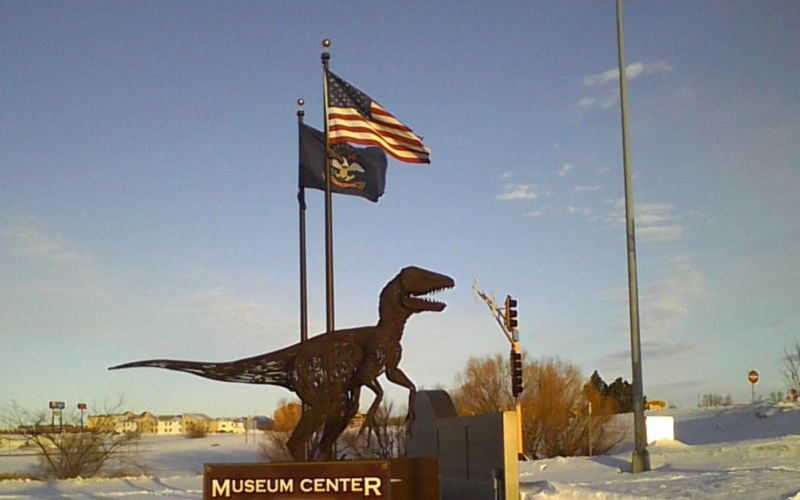
Portraits of Members of the 5 Civilized Tribes, 1775-1850, From Wikimedia Commons
In 1971, Paul Revere & the Raiders released the song “Cherokee Nation,” which bemoaned the loss of the Native American way of life. It was a major hit, but they should have sung about the Dakota or Apache because the Cherokee had already adopted white culture in the early 1800’s. They lived in houses, worked farms, and owned slaves. They had a written language with its own alphabet, invented by the silversmith Sequoyah (top left in portraits.) Whites called them a “civilized” tribe.
Their effort to assimilate helped for a while. While more nomadic tribes were pushed westward, the Cherokee remained in their homeland, northern Georgia and western North Carolina. Then whites wanted their land, and Presidents Jackson and Van Buren were happy to help, through the Indian Removal Act of the 1830’s. Excluding a few in remote areas, the Cherokee were forcibly relocated to the Indian Territory, present-day Oklahoma.
They called this ethnic cleansing “Trail of Tears,” a journey on which thousands died of hunger and disease. Other victims included the Cherokees’ neighbors the Creek AKA Muscogee, the Choctaw and Chickasaw of Alabama and Mississippi, and the Seminole of Florida. The Seminole are a unique group, a breakaway band of Creeks commingled with fugitive black slaves. They fought the US government until the 1850’s, and they never signed a peace treaty.
The civilized tribes displaced the territory’s original inhabitants such as the Kiowa, and for a while, they were left alone. In the War Between the States, most of them supported the Confederacy, until Union troops invaded the Territory in 1863.
After the war’s end, the expropriations resumed. The Dawes act of 1887 forced the tribes to allocate their land, formerly held in common, to individual families. This seems innocuous at first, but once every family had been given a plot, the remaining land was sold to whites. Likewise, mineral resources under Indian land were held “in trust” by the courts, who stole most of the proceeds. Historian Angie Debo detailed these crimes in her book And the Still Waters Run. In 1890, the government split off their western lands as Oklahoma Territory, opening it to white settlement. In a final insult, Congress refused to grant the Indian Territory statehood; in 1907 it was merged with Oklahoma Territory as the state of Oklahoma.
Because of this fascinating history (and in honor of my part-Choctaw wife Arlys), I created the character Tallulah Hightower for my steampunk novel Fidelio’s Automata. Tallulah, the “Choctaw Nightingale,” sings for the Chicago Opera. Although I don’t know of any real-life Native Americans singing opera in the early 1900’s, a few African-Americans such as Matilda Jones did so, finding acceptance mainly in Europe. In my book, Tallulah and her Choctaw and Cherokee companions adopt white American dress and mannerisms. Her Seminole bodyguard wears native dress and names himself after the rebel leader Osceola. It also mentions the “Nighthawk” rebellion; in my fictional version, the tribes score a victory against the hated Colonel Chivington.
Historical references: wikipedia.org, indians.org and cherokee.org




































Awesome article